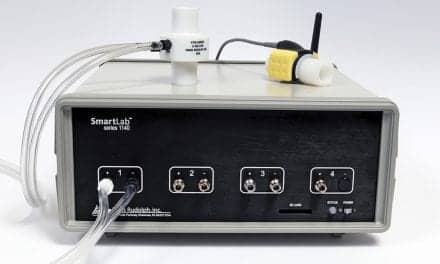An Austrian Science Fund (FWF) project is investigating how a good night’s sleep can be learned via brain training and who will respond best to this technique.
The preliminary studies carried out for the FWF project showed the positive effects of neurofeedback training on healthy people. This method has therefore now been tested in a pilot study on patients aged between 19 and 50 who suffer from sleep disorders. “The brain oscillations are trained during waking to a frequency range of between 12 and 15 hertz, known as the sensorimotor rhythm. This frequency range is also prominent in light sleep and manifests itself as sleep spindles, particularly when a person is falling asleep”, explains Schabus. The patients were able to observe and learn to control their own sensorimotor rhythm (measured using EEG electrodes) on the computer screen. They were tasked with moving a compass needle on the screen to a green dot using only the power of mental relaxation. They received positive visual feedback each time they reached this dot, i.e. to increase the band power between 12 and 15 hertz.










